The ground-breaking Plastic Design Collection has reopened following a major update at the excellent Design Museum Brussels. Effect Magazine sat down with the museum’s director, Arnaud Bozzini, to learn more about the exhibition and the vital work of the young Belgian institution
One of the jewels of Belgium’s capital city is the Design Museum Brussels, located near the foot of the Atomium – the iconic space-age structure built for the 1958 Brussels World Fair. The museum (formerly named the Art and Design Atomium Museum) was established in 2015, and it has already asserted itself as one of the world’s essential institutions for modern and contemporary design.
Foremost among the museum’s principal permanent exhibitions is the Plastic Design Collection, which chronicles and explores the relationship between design and plastics from the 1960s to today. It’s a faultlessly curated collection of exceptional breadth, and one of the most important collections of plastic design in the world.
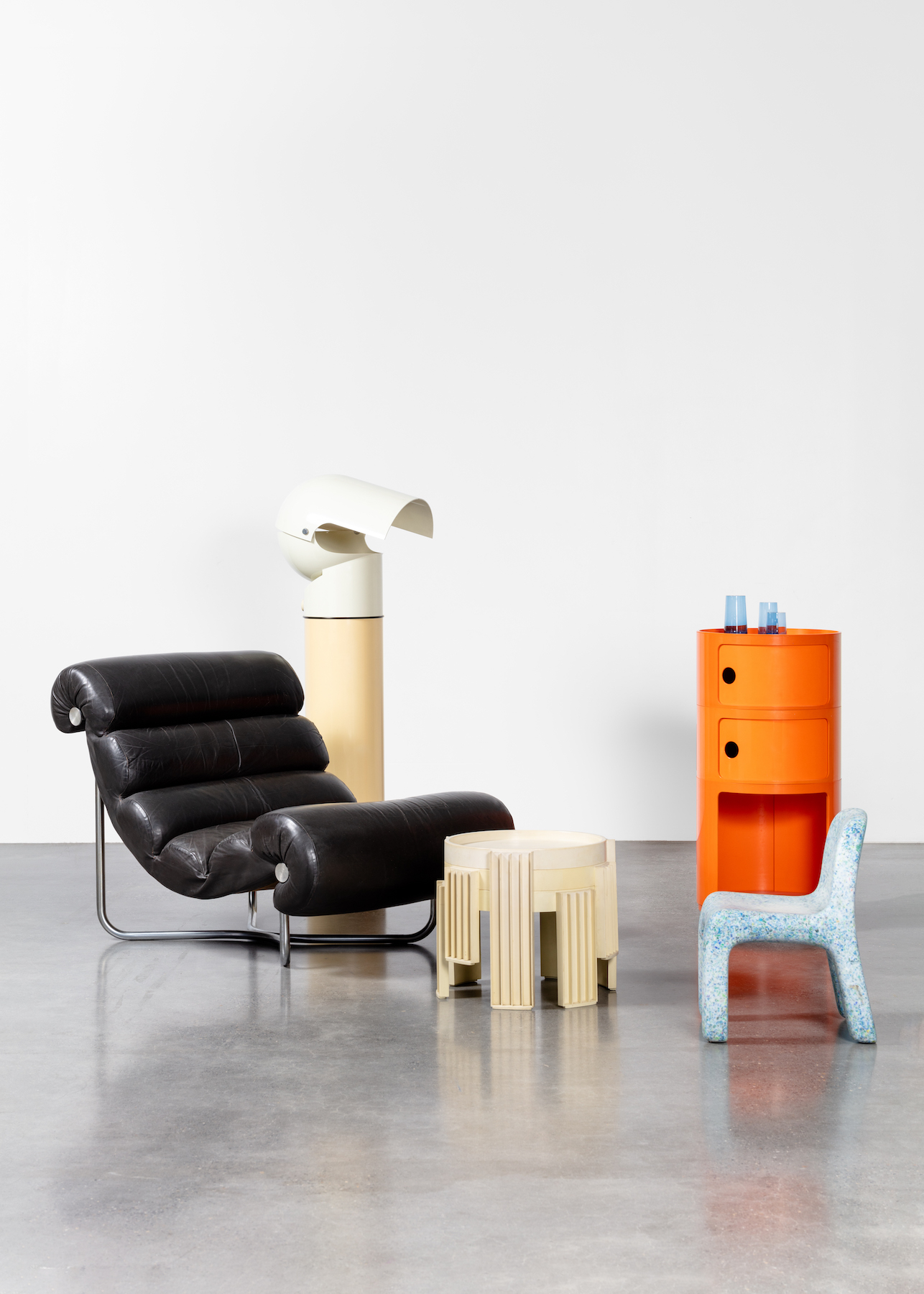
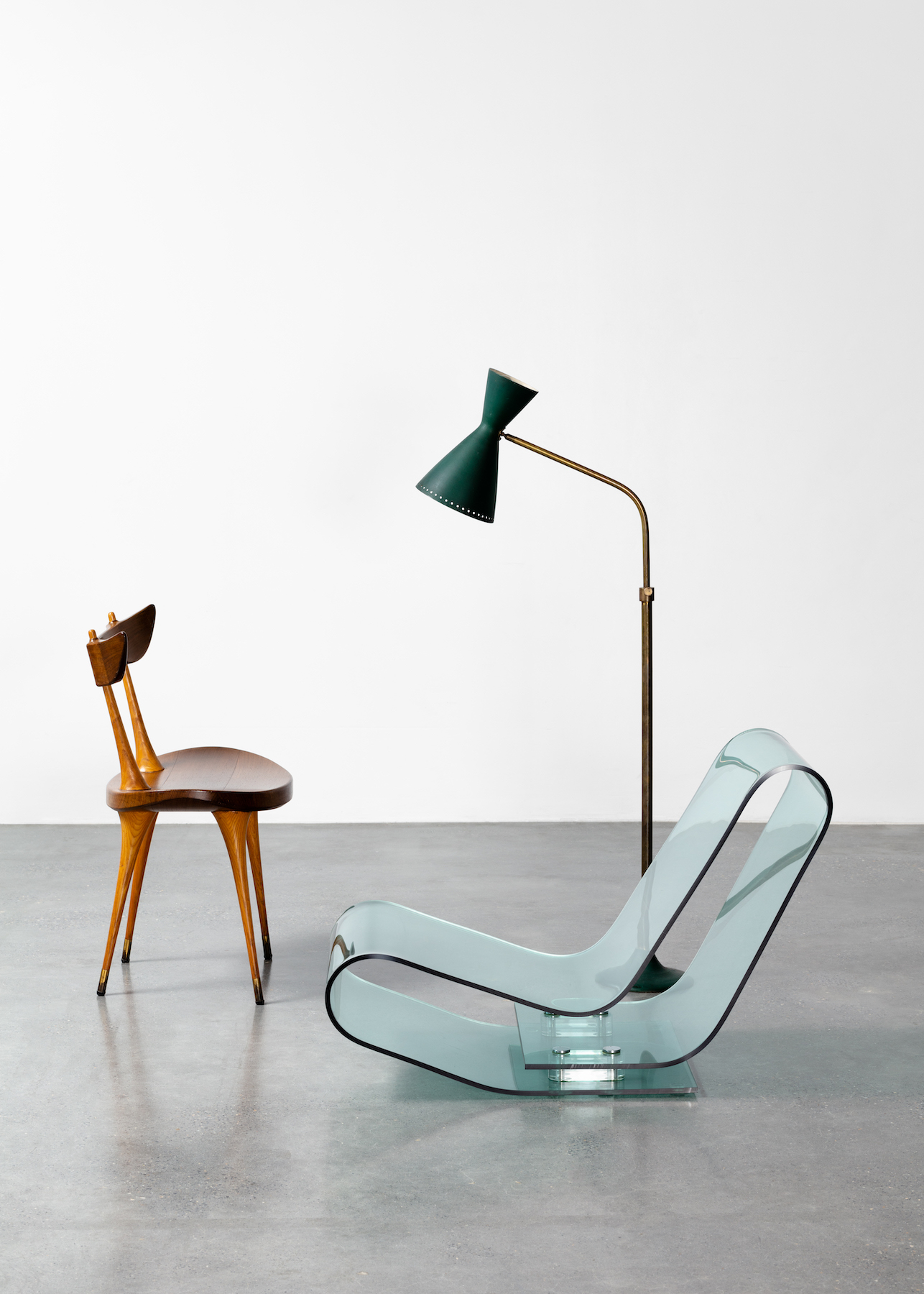
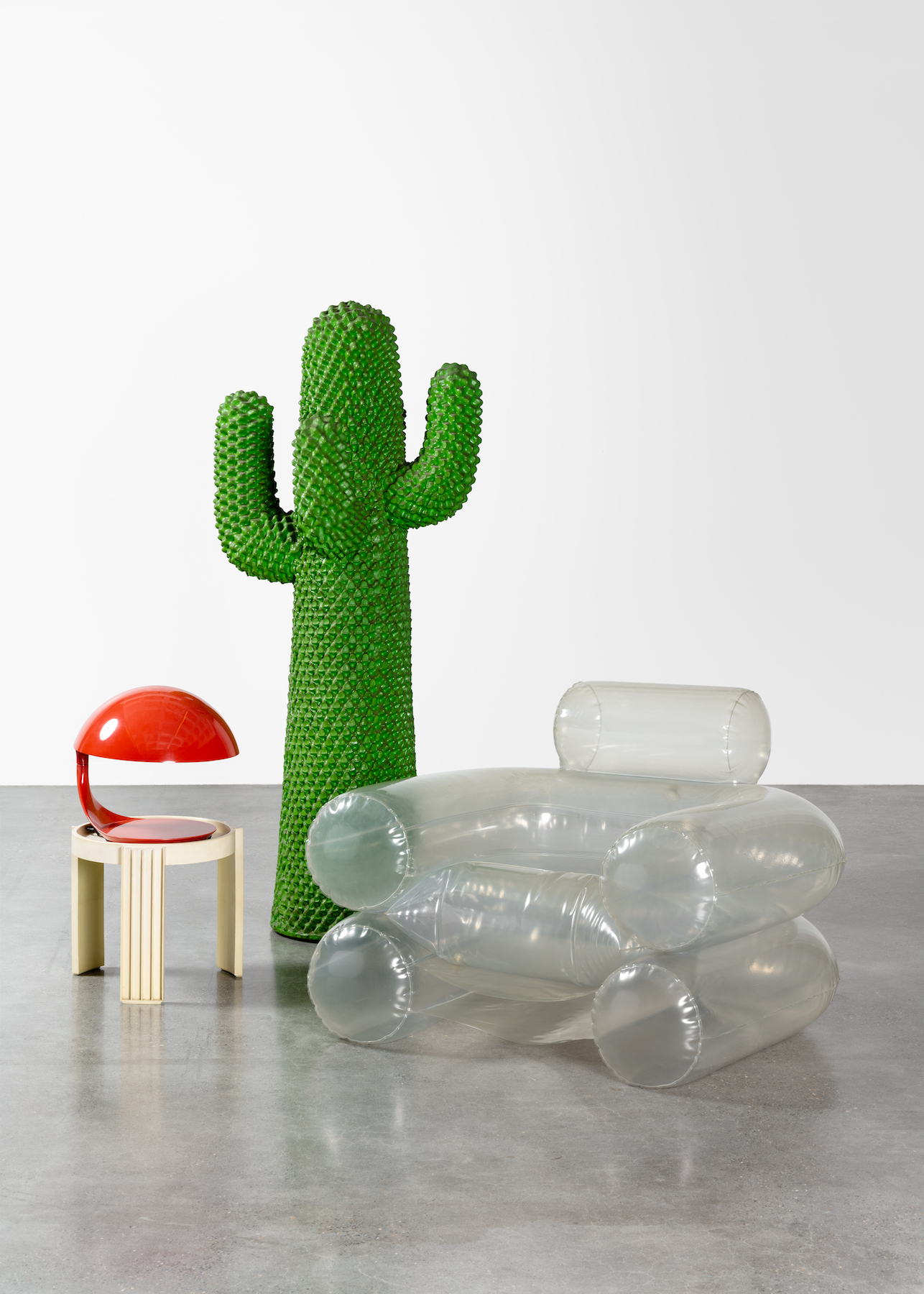
The show has recently been updated, and we had the privilege of being shown around it by the head of the collection, the wonderfully knowledgeable Cristina Bargna, who also unlocked the museum’s extensive vaults – a mesmerising Aladdin’s Cave of rare mid-century artefacts.
Since then, we had the pleasure of speaking with the museum’s director, Arnaud Bozzini, to learn more about the young, dynamic and globally recognised Brussels institution. Here’s what Bozzini had to say:
What is your role at the Design Museum Brussels?
I worked initially with the Atomium – the national symbol of Belgium – on a display that showcased a private collection in Brussels, the Plasticarium. During this project, Philippe Decelle, the former owner of the collection, told us about his wish to sell it. The Atomium acquired the property and plays a central role in the museum’s existence to this day.

I then took the lead of the project for the Atomium, which led to the opening of the Design Museum Brussels in December 2015. Since then, my mission revolves around creating a team, managing it and developing our programme of temporary exhibitions. It is an ambitious and wonderful project that benefits from the enthusiasm of its visitors and the dynamism of a talented team. The experience is rich and varied – no two days are the same and there is intense involvement in what remains a young museum.
Our aim is to make the knowledge about design and its history more accessible for everyone.
Arnaud Bozzini, Director, Design Museum Brussels
What are the aims and intentions of Design Museum Brussels?
We are a museum dedicated to the history of design. It is an institution that shares a cultural history of objects that surround us or have surrounded us. Our aim is to make knowledge about design and its history more accessible for everyone. This happens inside the walls of the museum and via our communications team, led by Rachel Van Nevel, which shares our vision and programming with the public.

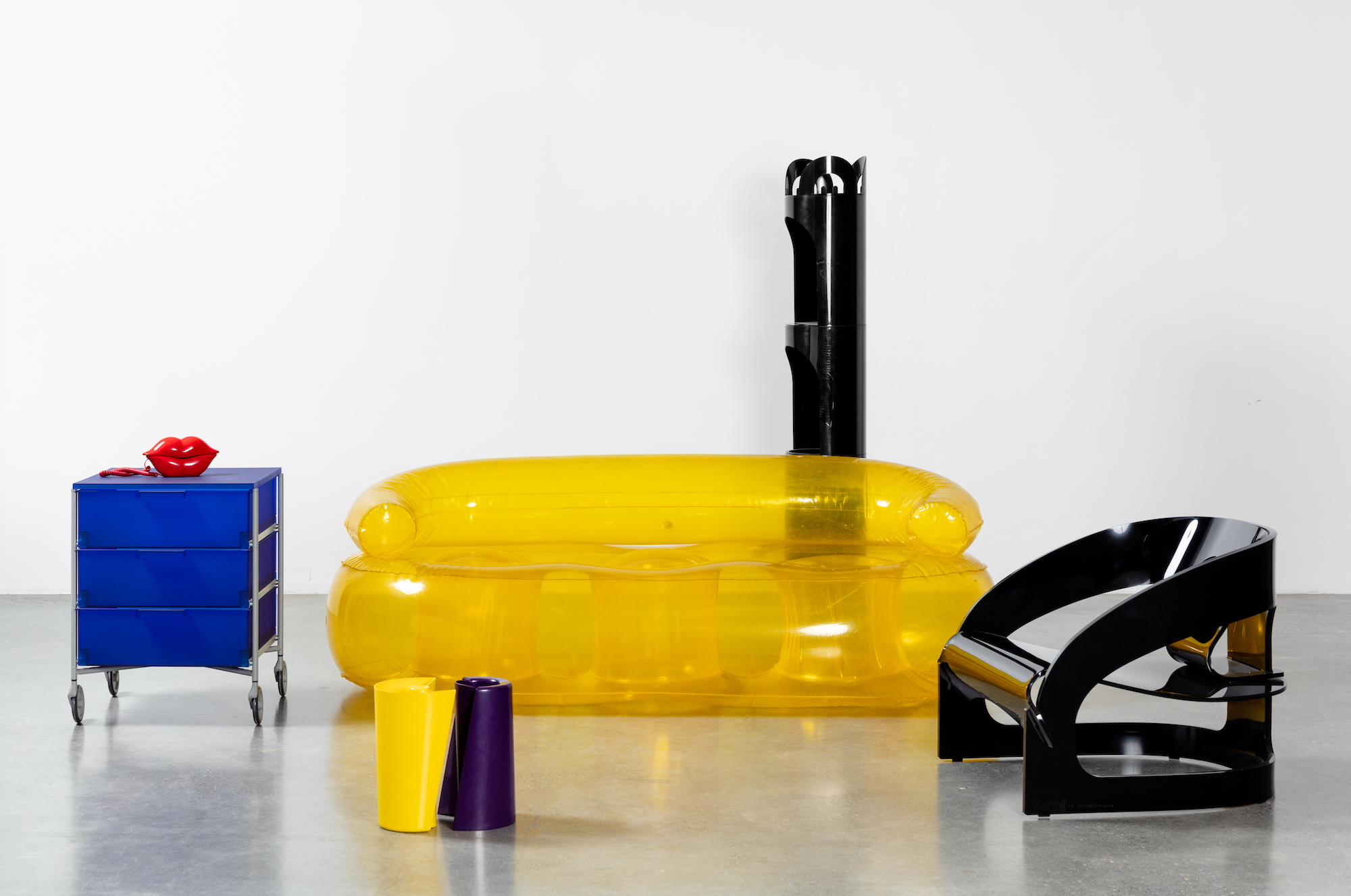
The museum is structured around the Plastic Design Collection and belgisch design belge, which offers a panorama of design in Belgium through its major figures, iconic objects, dates and institutions. Through its temporary exhibitions programme and mediation activities, the Design Museum Brussels is a friendly and inclusive place to meet, share and discover design.
You have recently updated the Plastic Design Collection. What can visitors expect to see?
When it opened in December 2015, the first exhibition to be accessible was the Plastic Design Collection. The inaugural version of this space offered a historical and aesthetic approach to the subject. Because of our constant desire to evolve and grow as a museum, we have been continuously reflecting on how – among many other areas – we can adapt the permanent exhibition. Since 2019, following new acquisitions and the team’s study of the collection, we decided to work on new narratives. The idea is to enrich the visitor’s experience through more explanation documented by visuals that contextualise the object and archival documents. The aim is to explore themes that may not be present in the acquired collection, such as the American mid-century, or to remodel existing spaces and to promote the notions of function, technique and use, alongside a historical approach. Recently, Cristina Bargna, head of the collection, has been working on two new spaces dedicated to innovation and ergonomics.
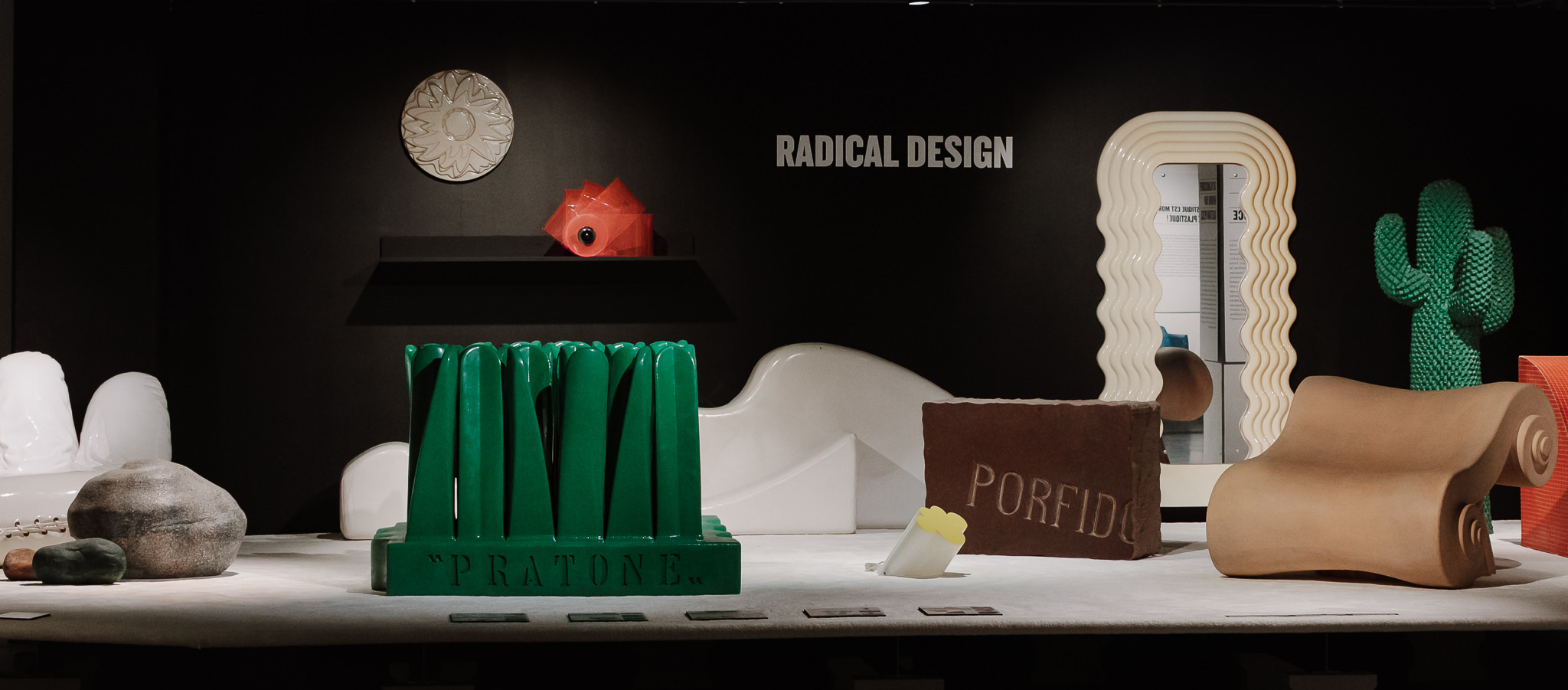
What are your must-see objects for visitors to Design Museum Brussels?
This is a challenging choice and not easy to answer. Let’s say, however, that a piece like Anna Castelli Ferrieri’s Componibili, which has marked the history of industrial design since 1967, or, on the contrary, the Pratone – one of the icons of radical design – are fine examples to develop the narrative that we want to share with our visitors.
The museum has extensive archives. What is their role?
When the collection was acquired, we also recovered the archives and library related to it. This formed the basis of a documentation and archive centre related to the relationship between plastics and design. In 2019, the arrival of the archives of the Belgian interior designer and designer, Christophe Gevers, opened up new fields of exploration and made it possible to create the temporary exhibition, Christophe Gevers, the Architecture of the Detail. The publicity surrounding this exhibition, based on an archival repository valued by the museum, aroused great interest. At the end of 2023, we were pleased to receive the archives of the Baucher-Féron duo. They are an important source that will soon be available to researchers. Following the monograph we devoted to him in 2023, we will receive Zéphir Busine’s archives later this year. Our documentation centre will open a new reading room next autumn, aiming to actively participate in the conservation of the history of design in Belgium. It is in this sense that we are multiplying our collaborations with the academic community, scholars and students.
What upcoming exhibits or events should visitors look out for at Design Museum Brussels?
In early April, the temporary exhibition Olivetti · Folon will open. It retraces nearly 30 years of collaboration between the Belgian artist, Jean-Michel Folon, and the company Olivetti. The exhibition is part of our desire to share with unexpected meetings and thematic exhibitions, and to promote design, in all its dimensions, as well as Belgian creativity. Olivetti · Folon offers a new look at the Italian company, a pioneer in the creation of typewriters and calculating machines, and Jean-Michel Folon, a major Belgian artist with many talents.
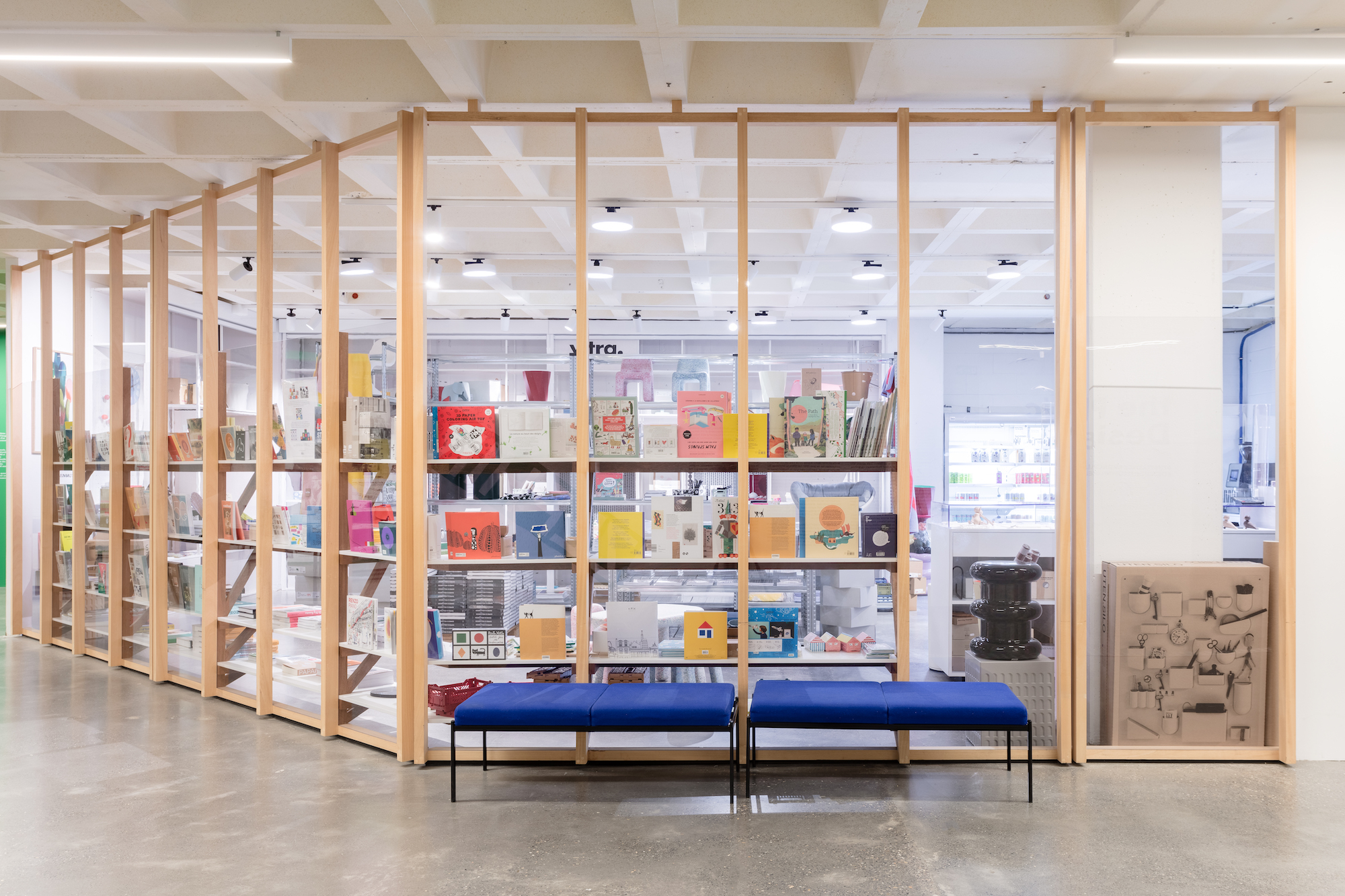
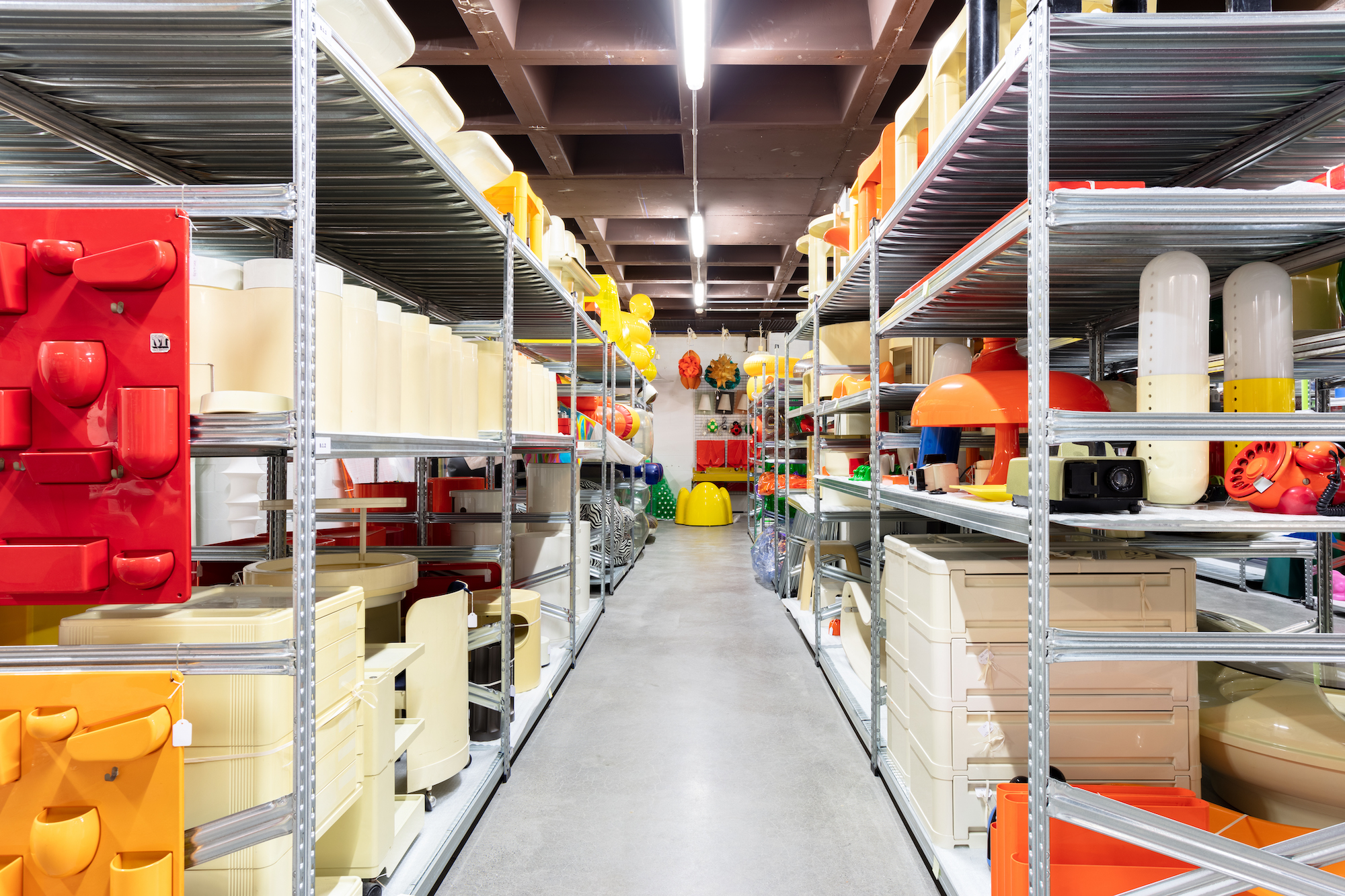
From mid-October, with Valentine Mathieu working on the programming of temporary exhibitions, we are looking forward to hosting Here We Are! Women in Design 1900 –Today from the Vitra Design Museum and Invisible Threads. These two exhibitions will allow the museum to continue its desire to anchor its reflection in current societal issues and to fight against the invisibilisation of women in the field of design.
Of the numerous activities taking place at the museum, I would like to draw attention to the 4th edition of CineDesign. Programmed by Terry Scott, Head of Activities and Public, the relaxed, open-air screenings attract fans of design-related documentaries to the museum’s garden every summer. With two permanent exhibitions, multiple temporary exhibitions, and a diverse range of activities, there is always something to see or do at the Design Museum Brussels.
The Plastic Collection is now open at Design Museum Brussels
Read more: Design | Vintage | Modernism | Mid-Century | Space-Age Design | Brussels



